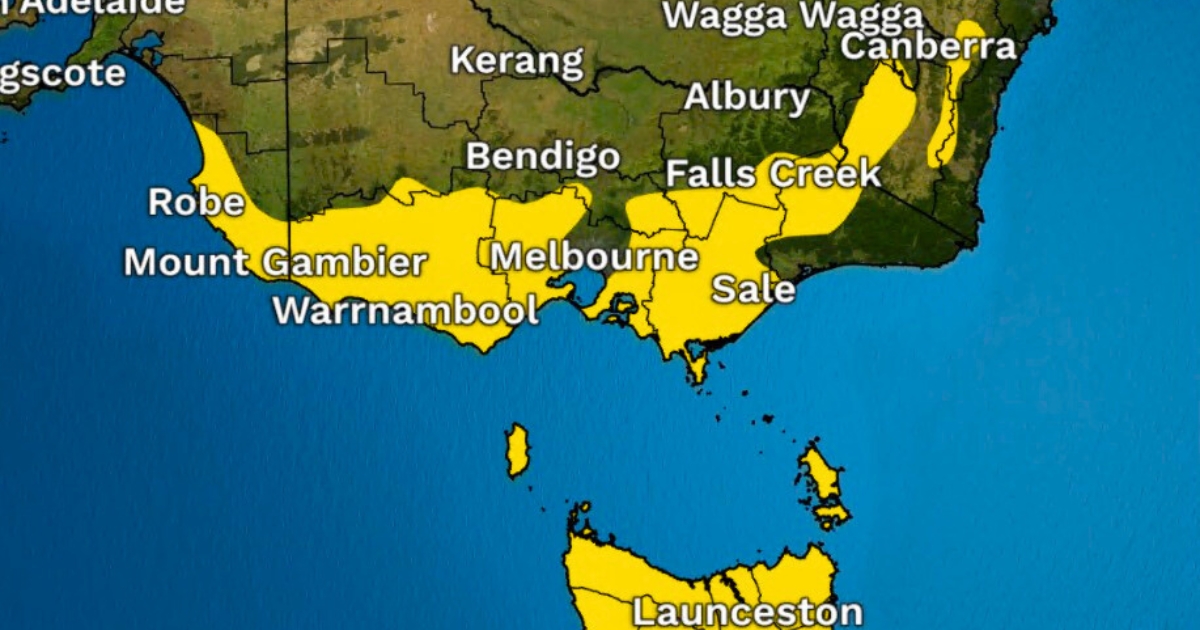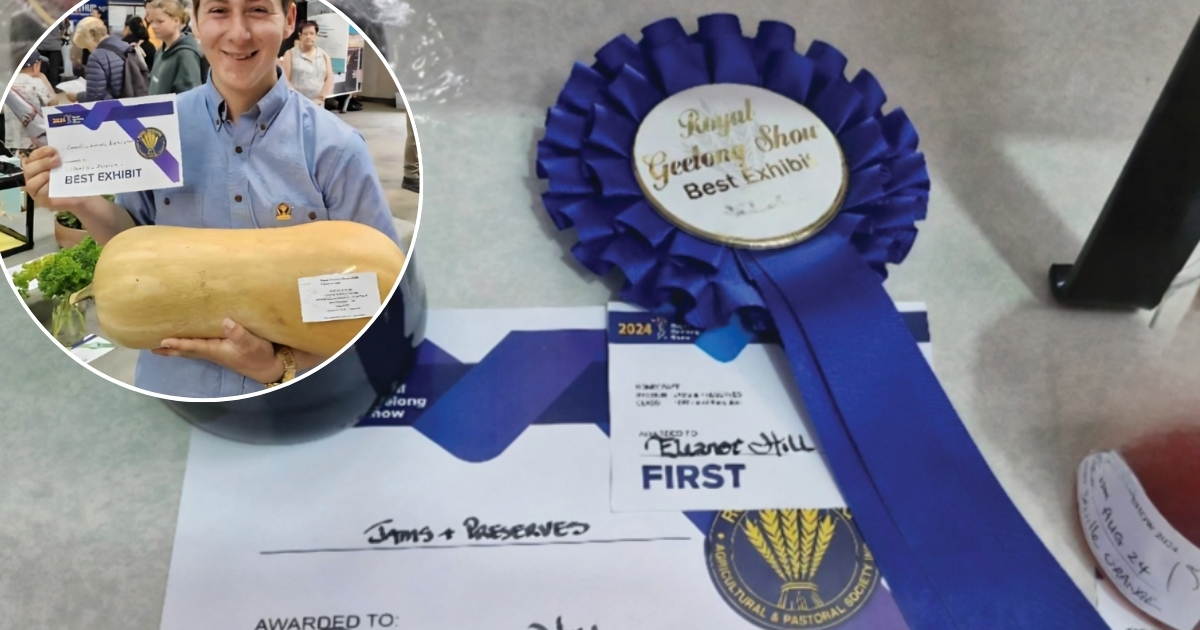Counting koalas in the ‘Bool’s catchment

Conservation: Landcare Coordinator Jackson Cass is one of the many involved in helping to identify the number of koalas in the Moorabool region. Photo: TIM BOTTAMS
THE Moorabool Catchment Landcare Group is taking part in the National Koala Monitoring Program run by the Commonwealth Scientific and Industrial Research Organisation, better know as the CSIRO.
As part of around a dozen similar programs commencing nationwide, the survey aims to gain an indication on the number of the tree dwelling marsupials in the region.
The count began at the start of February and will span the entire month before concluding with a community barbecue at the Bostock Reservoir on Friday, 4 March.
Landcare Coordinator, Jackson Cass, said hard data on the local koala population is normally limited, with much of the information being sourced from the bush telegraph.
“Much of it is anecdotal,” he said. “Whether that’s farmers that have noticed them in paddocks and no longer seeing them, or bush residents that used to hear them throughout summer and no longer hear them anymore.
“That trend has dramatically increased over the last decade especially.”
Taking the form of a bio-blitz, the survey will be completed through the use of machine algorithms, collaborations with the traditional Wadawurrung owners, and on-ground data submitted by park visitors.
Technology will be provided via drone by the Queensland University of Technology, and people are encouraged to help with the use of the iNaturalist app to track any koalas they find in the area.
Wadawurrung representatives will be present in the form of a three-person bush crew to offer their perspective in areas of cultural importance and sensitivity.
“Whatever they’re interested in learning as well, the resources will be there if they would like to expand their knowledge further on the topic,” Mr Cass said.
The bio-blitz will cover over 100 hectares of park land, comprising 50 hectares of Wadawurrung land in Ballan and another 50 hectares located north of Gordon.
Mr Cass said that while the survey is a project pilot limited in scope, he hopes it will extend into a three-year monitoring program.
“I guess the larger picture is just to connect this information. Because it’s an attempt to fill the knowledge gap that we are lacking with koala populations for all of Australia,” he said.


















